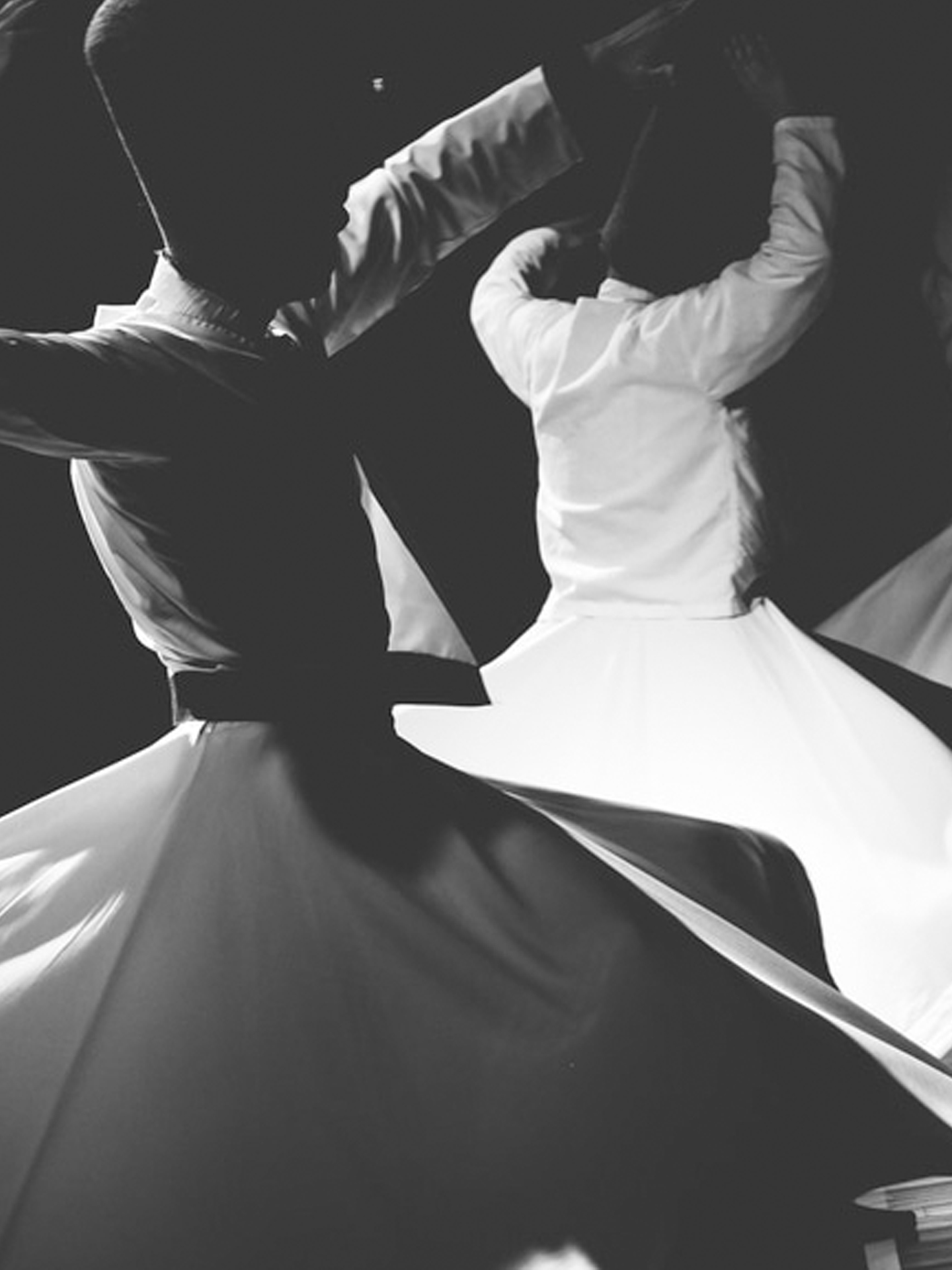
Costume Designer





Depending on their style and complexity, costumes may be made, bought, revamped out of existing stock or rented.
The shapes, colours and textures that a costume designer chooses make an immediate and powerful visual statement to the audience. Creative collaboration among the costume designer, the director and the set and lighting designers ensures that the costumes are smoothly integrated into the production as a whole. Stage costumes can provide audiences with information about a character's occupation, social status, gender, age, sense of style and tendencies towards conformity or individualism.
Costumes can also:
Costume designs also need to include any accessories such as canes, hats, gloves, shoes, jewellery or masks. These costume props add a great deal of visual interest to the overall costume design. They are often the items that truly distinguish one character from another.
Costume designers begin their work by reading the script. If the production is set in a specific historical era, the fashions of this period will need to be researched. To stimulate the flow of ideas at the first meeting with the director and the design team (set, costume, lighting and sound designers), the costume designer may want to present a few rough costume sketches. This is also an appropriate time to check with the director on the exact number of characters needing costumes, as any non-speaking characters the director plans to include may not have been listed in the script.
The costume plot is a list or chart that shows which characters appear in each scene, what they are wearing and their overall movement throughout the play. This helps track the specific costume needs of every character. It can also identify any potential costume challenges, such as very quick changes between scenes.
When the director and production team have approved the costume designer's preliminary sketches, she or he can draw up the final costume designs. The final designs are done in full colour. They show the style, silhouette, textures, accessories and unique features of each costume.
Once the show opens, the designer's work is essentially complete. Now it's normally the job of a wardrobe assistant to make sure that every aspect of the production runs just as the designer intended, time after time, until the production closes.

Top Tip
Don’t forget that your design will be influence by a specific practitioner / theatre company or style. So when your reading and researching the script, think about how the specific conventions of your chosen practitioner / theatre company or style can be effectively applied.
For devised or reinterpreted pieces make sure you place these conventions and techniques at the centre of your work.
KEEP THIS IN MIND RIGHT FROM THE START OF YOUR DESIGN PROCESS.